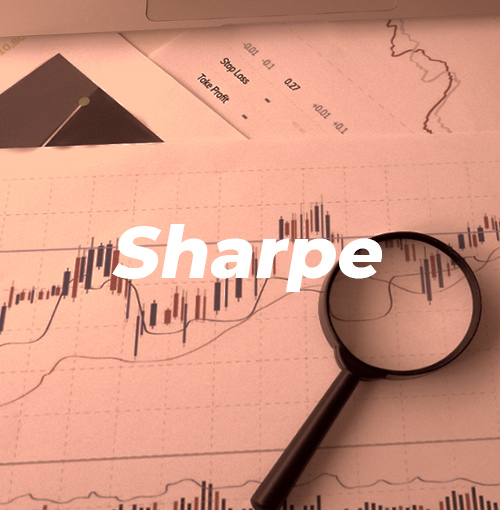
Crafting a Comprehensive Stock Watchlist for Success
Unraveling the intricacies of the stock market and making informed investment decisions can be a daunting task, given the staggering number of stocks listed on U.S. exchanges. To cope with this, experienced traders and fund managers rely on a meticulously curated watchlist. However, the art of building an insightful and effective watchlist is often underappreciated and underutilized. Let's embark on a journey to understand how to create a watchlist that can serve as a powerful tool in your investment arsenal.
The Role of an Optimized Watchlist
Building an optimized watchlist is akin to creating a bespoke treasure map, guiding you to lucrative investment opportunities. A comprehensive watchlist is a cornerstone of a successful investment strategy, tailored to leverage modern market trends, understand varying levels of capitalization, and anticipate sector reactions to different catalysts. Considerations such as market sentiment, seasonality, and economic cycles are all integral parts of the selection process.
Aligning Your Watchlist With Your Trading Strategy
Creating a watchlist should be viewed as a dynamic, flexible process, shaped by individual trading strategies and availability. Casual investors may opt for a simplified watchlist of 50 to 100 stocks, monitored on a daily basis. However, dedicated at-home traders and market professionals require a more extensive approach, maintaining a primary database of 300 to 500 stocks and a secondary, more manageable list for day-to-day trading. Remember, your watchlist should be manageable yet diverse, allowing you to react swiftly to market rotations and new trading opportunities.
The Anatomy of a Watchlist Database
A robust watchlist originates from a meticulously curated database. Start by incorporating market leaders from every significant sector and capitalization level down to $250 million, readily available through various online resources. Subsequently, add stocks that align with your personal preferences, such as tech giants like Apple, Amazon, and Meta. The intention here is to have a permanent set of stocks to monitor through all market phases.
A Bird's Eye View: Market Scanning
Market scanning serves as the watchtower for your investment castle. It is a practice of identifying stocks that align with your trading style. With numerous charting packages and standalone programs available, you can identify patterns, set ups, and weed out stocks that no longer serve your strategy. It's about pinpointing the right opportunities and tracking your preferred patterns regularly.
Scanning Techniques to Harness the Market Potential
Understanding different technical tools aids in better decision-making. Candlestick hammers and dojis that highlight reversals, securities with high or low relative strength undergoing countertrend pullbacks, alarms that measure unusual activity, or popular breakout and breakdown signals all serve as vital signposts on your investment journey.
The Final Word
Building an effective watchlist is a three-pronged approach: start by gathering leadership or liquidity components in every major sector, add stocks that fit your trading style and market approach, and finally, keep the watchlist updated by scanning it daily. This way, you can identify new opportunities and exclude stocks that no longer fit your criteria. Remember, it's not about recreating the list every week, but rather refining it over time for it to be truly effective.
Crafting an efficient watchlist is more than just tracking a set of stocks; it's about creating a dynamic tool that evolves with the market and aligns with your trading strategy. It's about using this tool to recognize lucrative opportunities and make informed investment decisions. Whether you're a casual investor or a committed trader, having a comprehensive, well-structured watchlist can give you the edge in navigating the ever-changing tides of the stock market.
- Share this article





